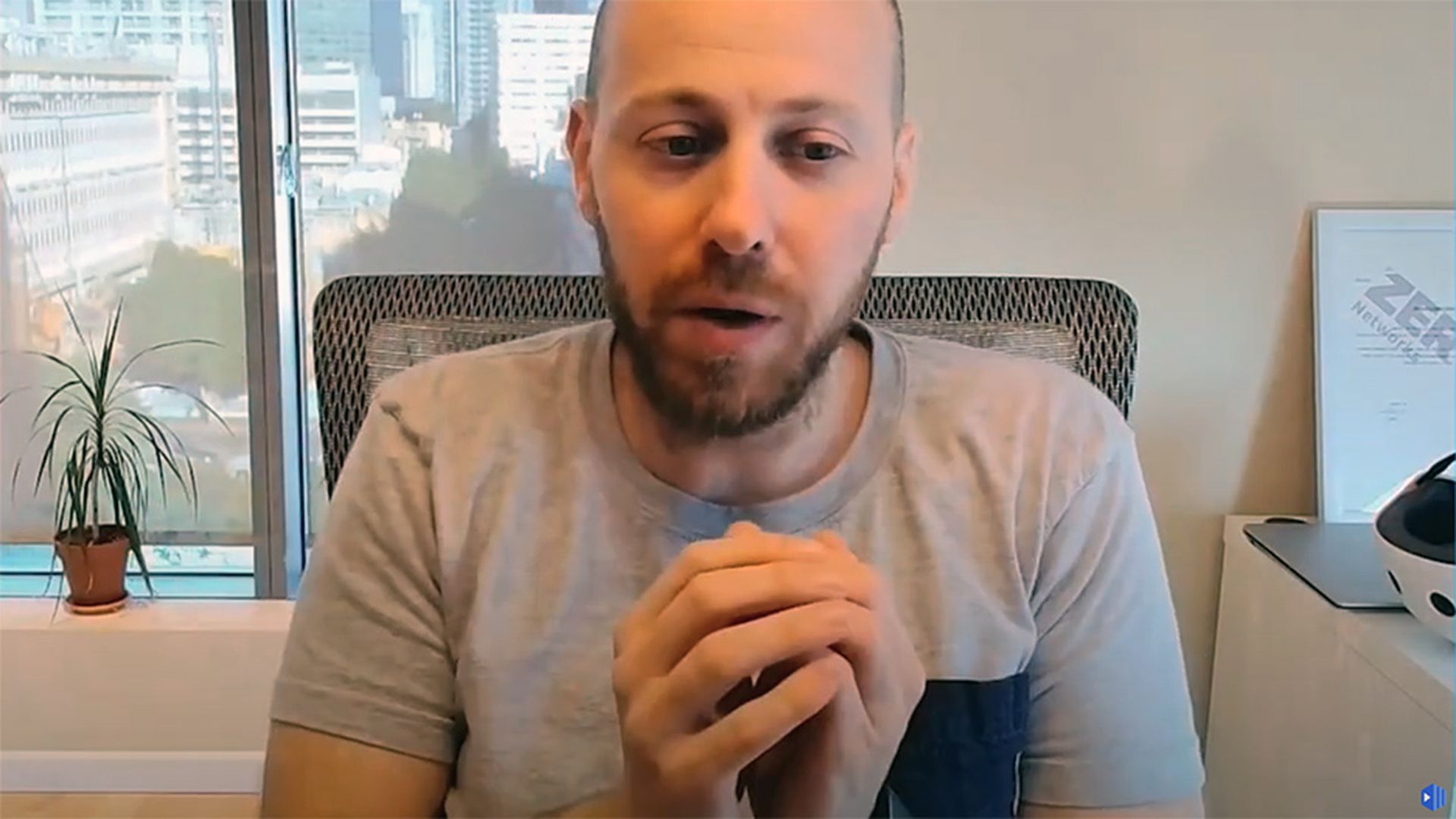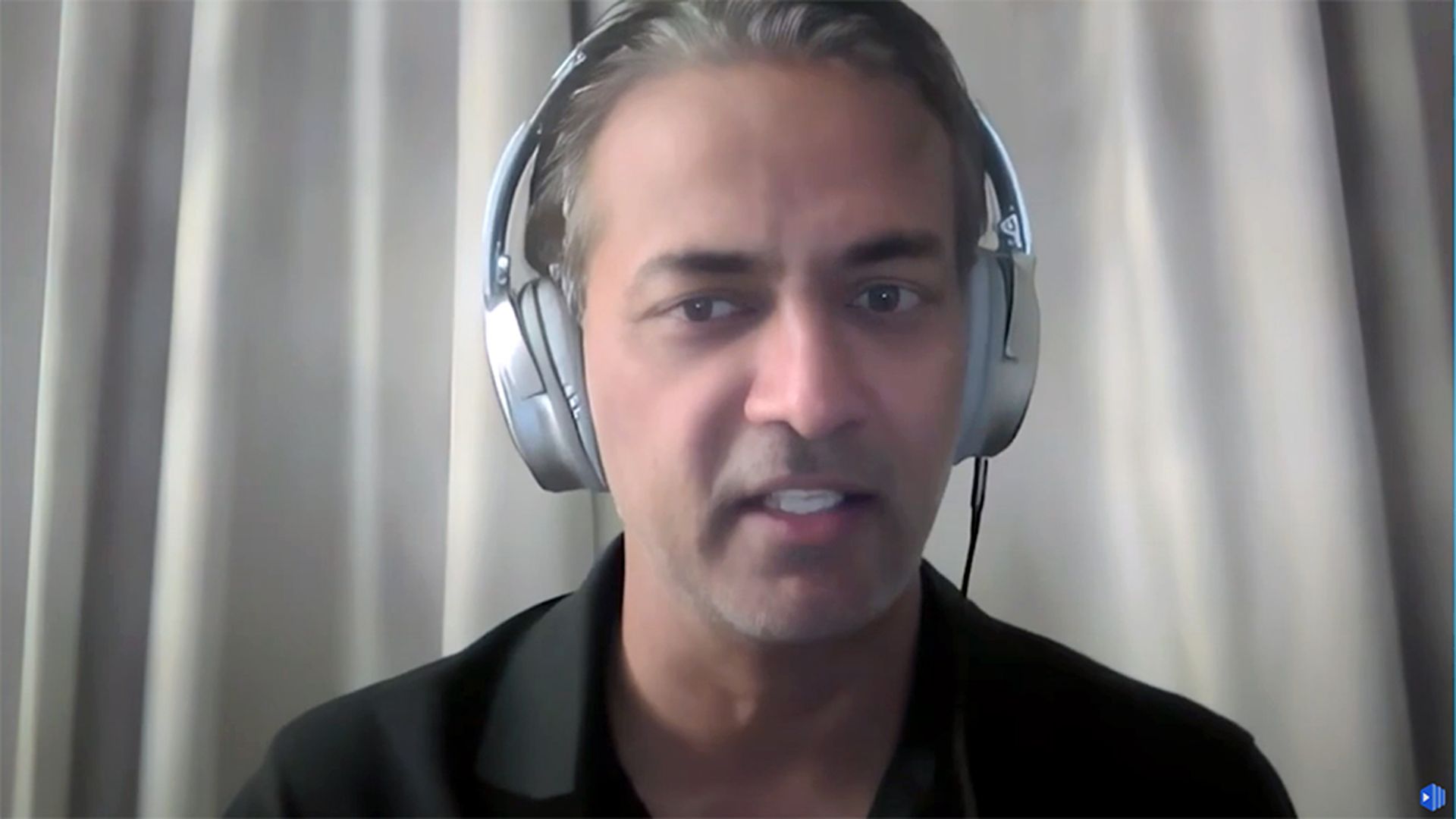The challenge of security is how often our solutions require other people to change, which requires working through discomfort. How we approach that discomfort changes the results that we get.
Resorting to force means we failed to influence. Worse, using force to compel change builds friction that erodes the value of our effort and destroys trust. The more friction we build, the harder it gets for future efforts.
We need to influence, even when we lack authority — especially when we lack authority. When you consider resorting to force, use it as a signal to check on your approach to influence and to figure out a better way.
I recently helped a team avoid using force to roll out multifactor authentication (MFA) for its company-wide rollout. After trying for 18 months with little adoption, they used force to compel the IT staff, roughly 3% of the global workforce, to adopt MFA. With no plan, it took three months of flogging and threatening people, with a small team making daily phone calls.
Force was not working. Then the team was tasked with figuring out how to transition the entire global workforce to MFA. With just 8% of the global workforce using MFA, the pressure on this team to perform was intense. They sent frantic messages to technical folks around the globe, cajoling them to get their colleagues to adopt MFA.
They barely got meaningful results after a few months and they asked me to diagnose the situation as the pressure grew.
During the first meeting, Dale (not his real name), the team lead, bluntly told me, “We tried messaging, and it didn’t work. I checked with another [technical] team and they’re having problems, too. People don’t care until we force them. I think we need to threaten to cut off their internet if they don’t comply.”
Joel (not his real name), the director, agreed with Dale’s conclusion. He explained, “that’s how we usually get things done,” and proposed a series of messages that ratcheted up the threats, ending with turning off their internet connection or blocking access.
Except the team lacked the authority to turn off the internet or block access and no one else supported it. Their attempt to influence failed, so they looked to force and whatever lever they thought would work.
We used that as a signal to diagnose the plan for influence to discover they didn’t have one. We pressed deeper, and they showed me some of their messages and presentations, all laced with jargon. Sometimes the materials conflicted with each other.
This created a lot of friction with the frustrated and confused field.
The core challenge was using the wrong approach to influence a non-technical population skeptical of corporate IT. We needed to get a sense of how this could work in the field and I proposed we work with the teams with experience at the sites.
That led to a meeting with the technical leaders of a specific site. We sketched out what we were trying to do and explained the importance — and pressure. We asked for their help, and specifically how they proposed getting their site to adopt MFA.
Thrilled we asked, they immediately jumped in to offer ideas and insights. They took the model we sketched and showed us how to improve it. Then site leaders showed us examples of recent successes and explained how and why they worked. The meeting ran long and ended with a pledge of support to test and improve the plan once it was ready.
The key lesson was the opportunity to work with and let other teams take the lead. Not only did it reduce the burden on our team, but it gave the local teams a way to deepen their relationships and build their authority. We helped them get what they wanted, and it meant our team could get more done with less effort while reducing friction and speeding results.
Just remember that force is the failure of influence.
If it feels like influence failed, and you need to resort to force, take a beat. Use the desire for force as a signal to ask for help to see if you can find a better way.
Because we took the time to explore how we approached influence, we ended up with a better model that didn’t rely on force and promised stronger relationships. You can get the same result.




